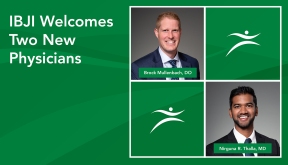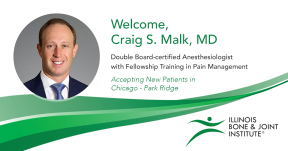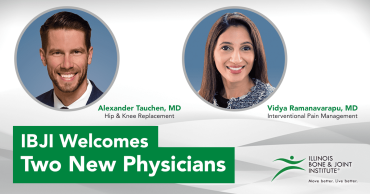Pain comes in two basic forms chronic and acute. In most cases acute pain is a result of a sudden event like surgery, bone fractures, infections, cuts and lacerations, falls, and burns. Acute pain is normally treated by a physician immediately following the event that caused the pain. Usually the pain does not last very long, six months at the longest and it dissipates as the injury or condition heals. Chronic pain is long lasting and is the result of a disease or condition. Some chronic pain may be the result of trauma which caused a longer term issue. In many cases the pain starts to affect the patient in unexpected ways like a loss of appetite, depression, and a decrease in energy. When a patient begins to experience chronic pain it is time to see a pain management doctor.
Common Chronic Pain Symptoms
Some common chronic pain symptoms and complaints include:
- Spine and back pain
- Headaches
- Arthritis and osteoarthritis
- Fibromyalgia
- Damage to nerves
- Cancer and cancer treatments
- Joint damage and inflammation
- Psychological
Causes of Chronic Pain
While some chronic pain is the result of disease, injury, or other medical conditions, some are caused by less troublesome issues. Some issues that may be more easily treated through lifestyle changes include:
- An uncomfortable or bad mattress
- Bad posture
- Repetitive motion conditions
- Improper shoes
- Excessive weight
- Poor lifting techniques
- Diet & Nutrition
Treatments For Chronic Pain
Medications & Drugs
When a patient’s pain is not treatable by lifestyle changes, a pain management specialist has many other options available. Many types and levels of medication are available: from non-steroidal anti-inflammatory drugs for mild pain to narcotics like morphine and oxycodone for more debilitating pain. In some cases antidepressants may be prescribed, particularly in cases where nerve damage is suspected. Occasionally the physician may also include corticosteroid injections to relieve any inflammation that is causing pain. There are now implants that can routinely deliver drugs to a patient who is experiencing spine pain.
Therapy and Exercise
In some cases a physician may prescribe either physical therapy or exercise to treat the pain. Therapy and exercise can increase the range of motion, decrease inflammation, and improve a patient’s mental and emotional well being. Exercise causes the body to release naturally occurring pain killers called endorphins. The benefits of exercise and therapy seem to work synergistically together, causing the body to heal faster and the pain to be alleviated more effectively than drugs or other treatments alone. To ensure that you are physically able to begin working out, it’s imperative to consult with a pain management doctor at IBJI before starting any new exercise routine for pain.
Non-Traditional Pain Treatment
There are quite a few non-traditional pain management treatments available. The effectiveness of these treatments varies depending on the type of pain and its severity. Relaxation through meditation or yoga, like that available at the Wellness Center at IBJI, can allow patients to better control their response to the pain. Acupuncture may decrease pain, possibly by causing pain relieving endorphins to be released into the body. Some other nontraditional treatments for pain may include massage, therapeutic touch, herbal remedies, and nutritional supplements.
The Best Place To Find Pain Management Treatment
The physicians at the Illinois Bone and Joint Institute are highly trained in effective pain management. They are experts at evaluating a patient’s pain to determine its causes and its potential treatments. IBJI has the resources to provide almost any treatment needed to treat pain. If you are experiencing severe or chronic pain contact one of our pain management physicians today. You deserve to live your life pain free, IBJI can help reduce or cure that pain.
*This content is for information only and is not intended to replace the diagnosis, treatment, or medical advice from your treating healthcare professionals. The content does not provide medical advice, does not constitute the practice of medicine or other healthcare professional services, and does not create a doctor-patient relationship. You should not rely on this information as a substitute, nor does it replace professional medical advice, diagnosis, or treatment. If you have concerns or questions, seek the advice of your healthcare professionals. If you think you may have a medical emergency, call your doctor or 911 immediately. Do not rely on electronic communications or communicate through this website for immediate, urgent medical needs. This website is not designed to facilitate medical emergencies. The use of the information is at the reader’s own risk. The links are provided for information and convenience only. We cannot accept responsibility for the sites linked or the information found here. A link does not imply an endorsement of a site.



.jpg)
